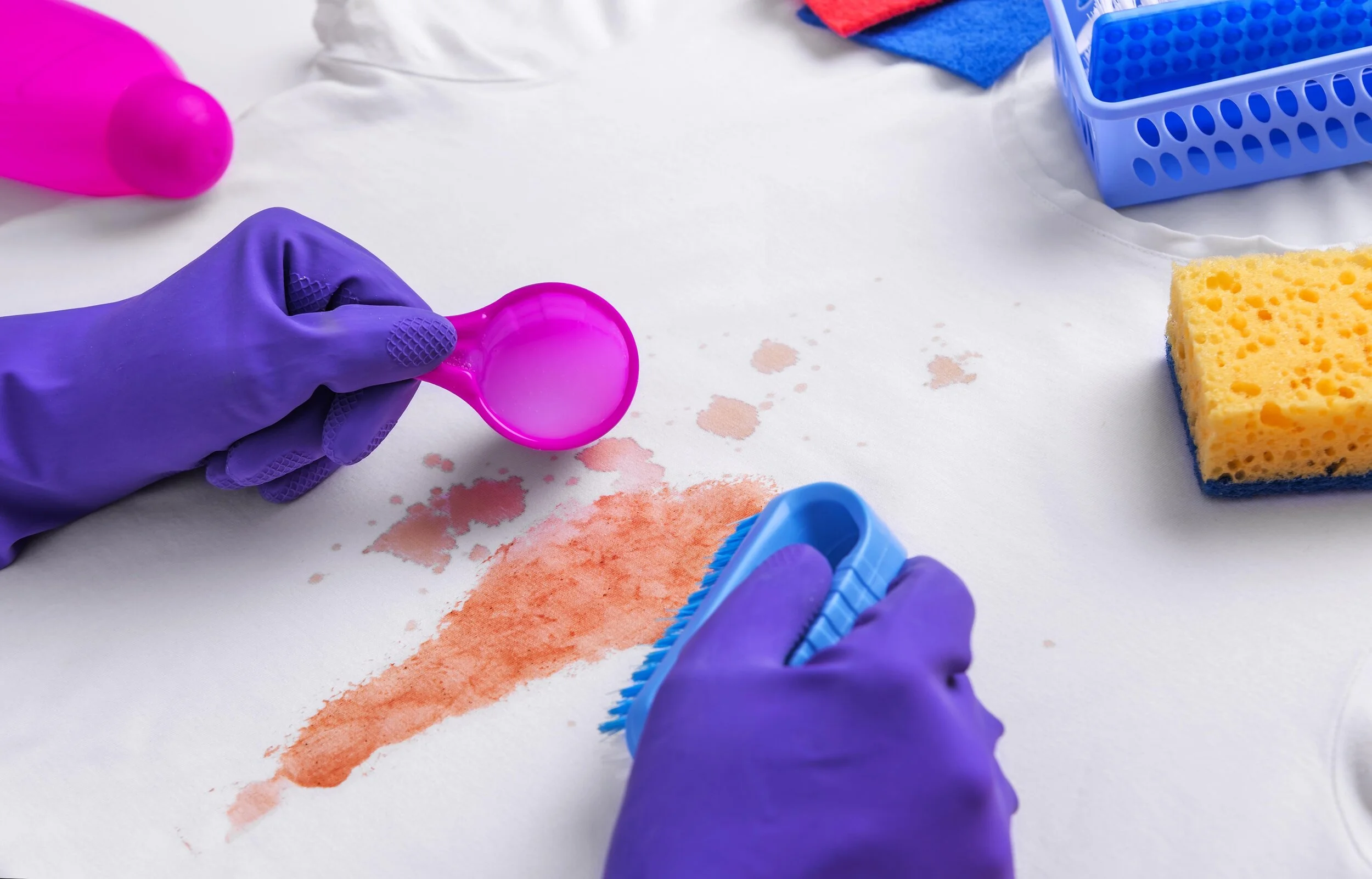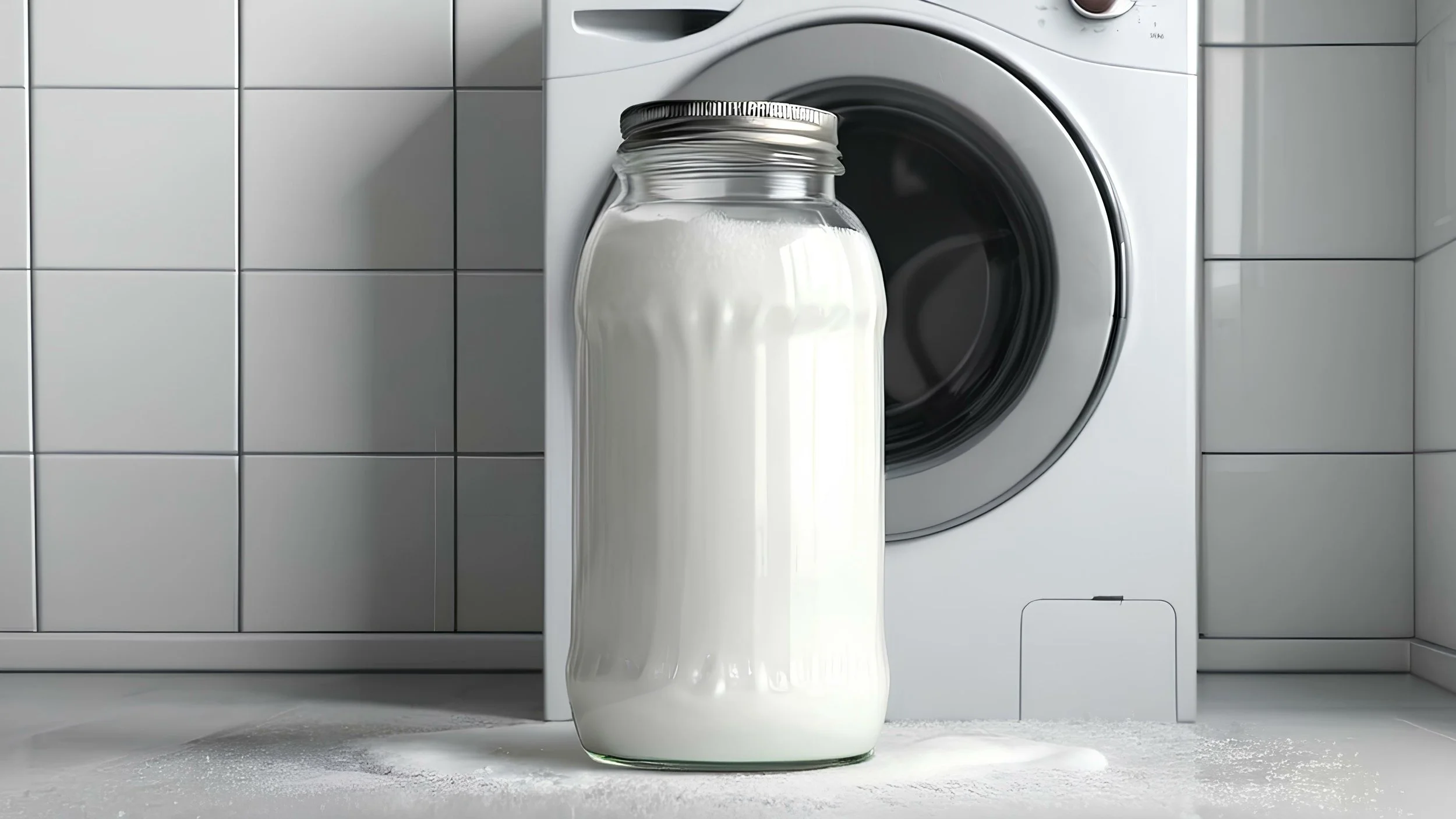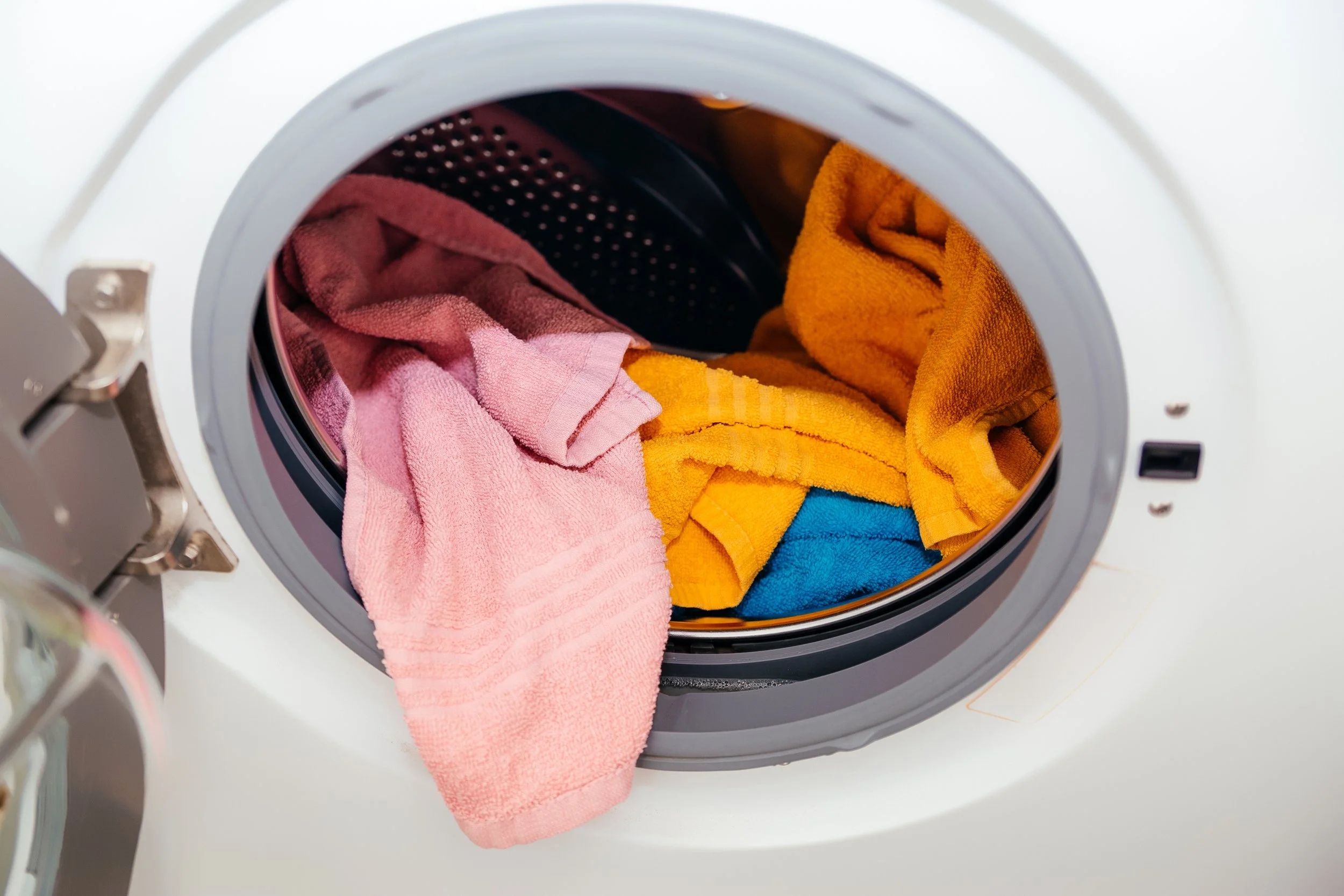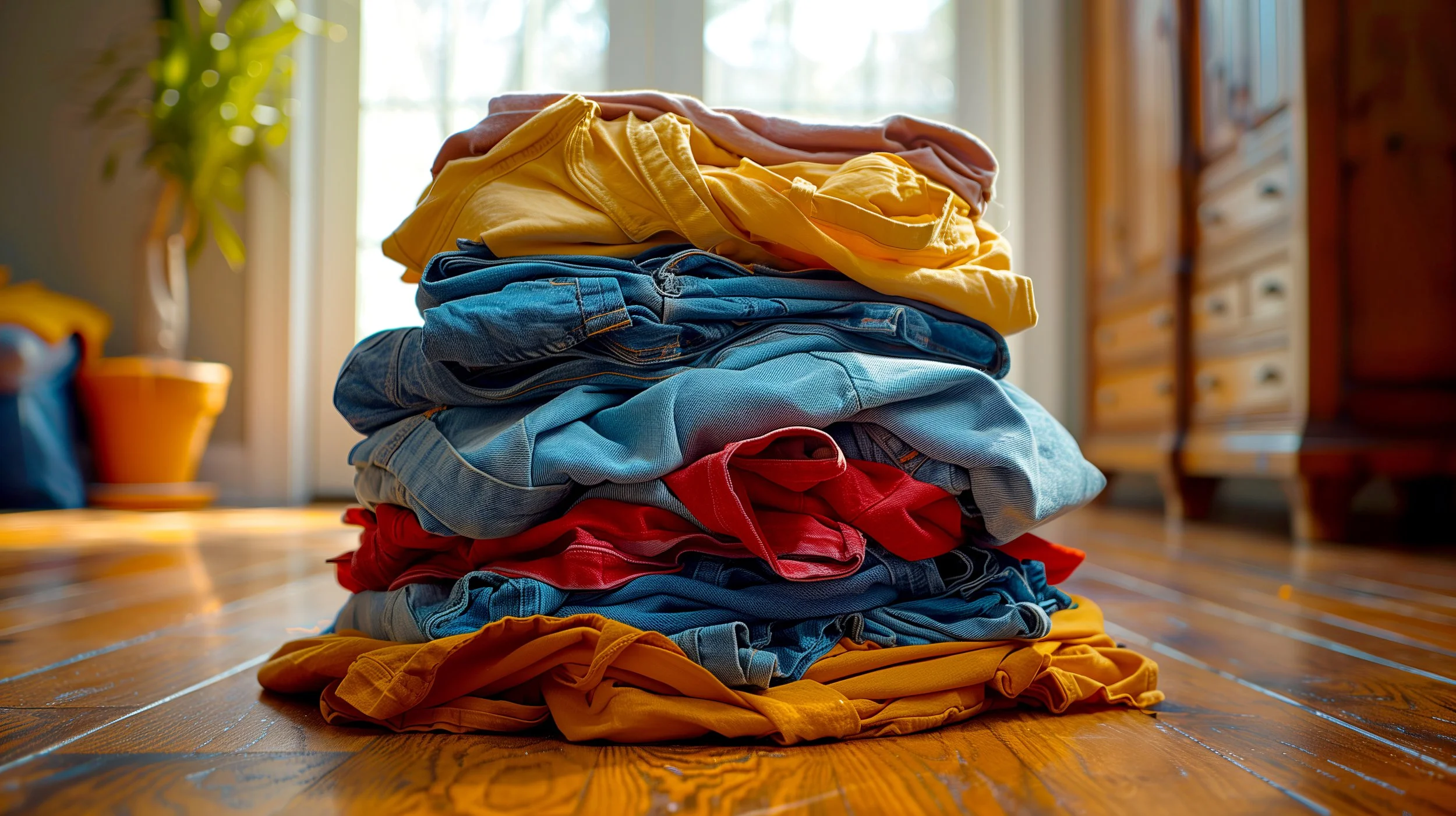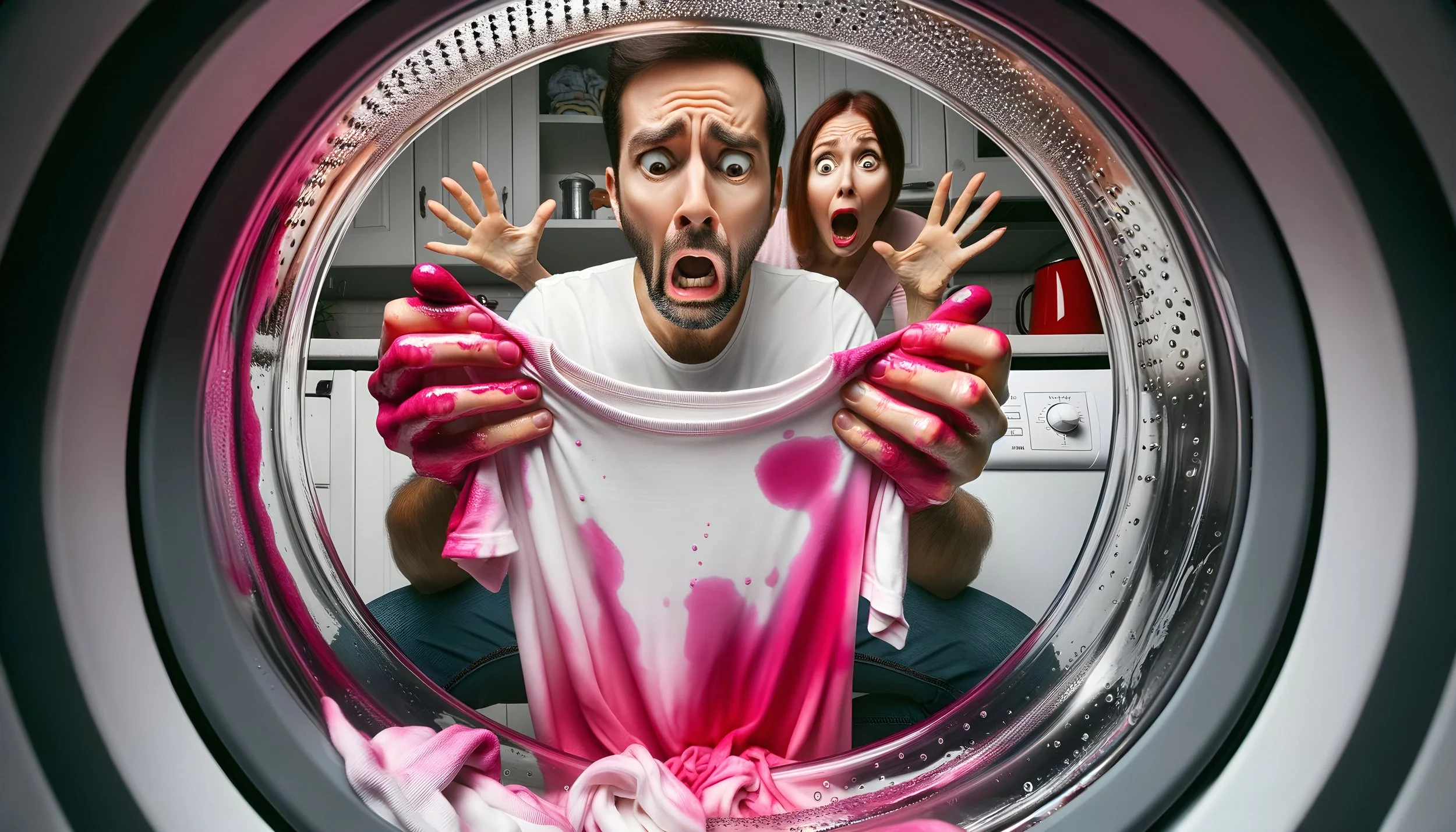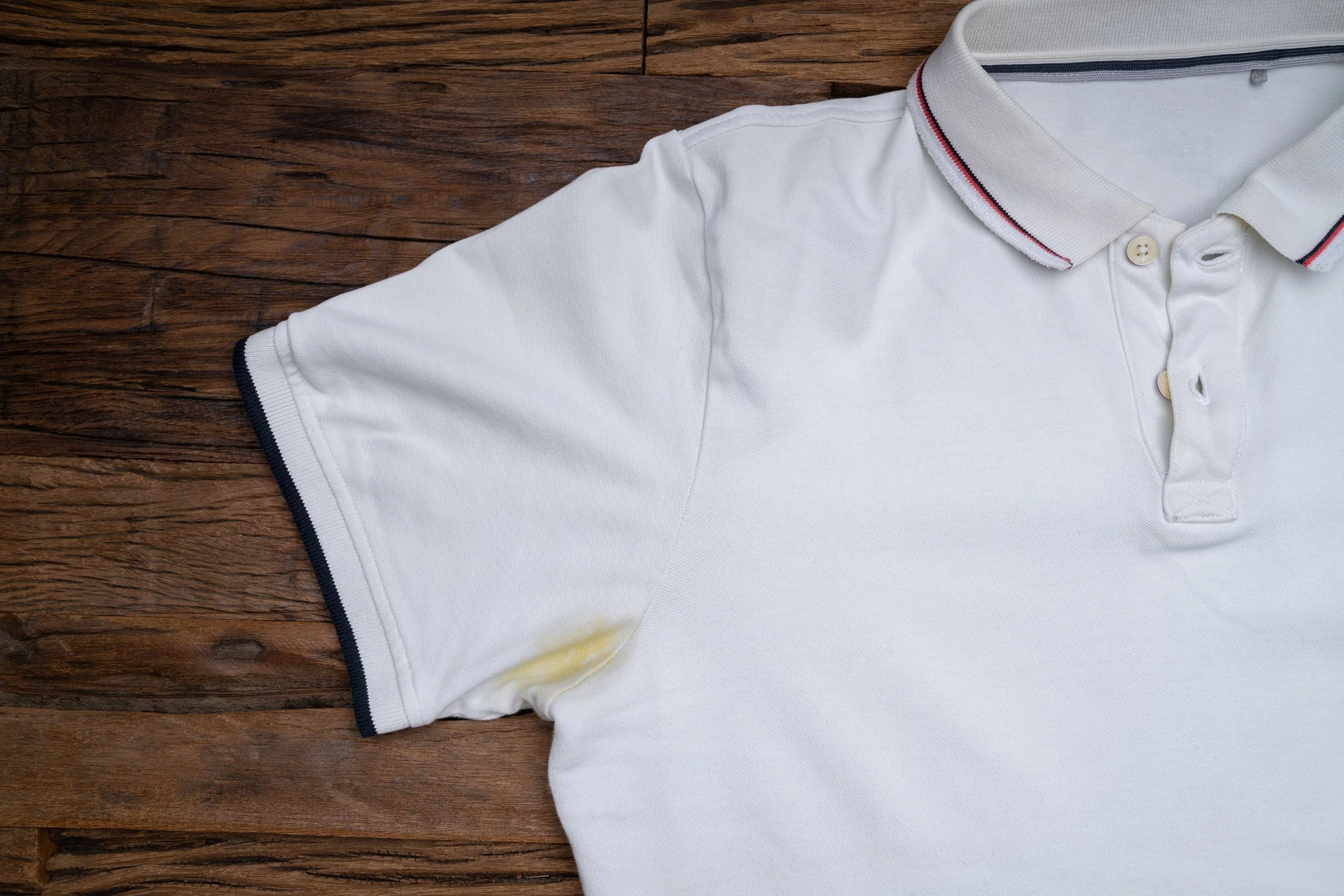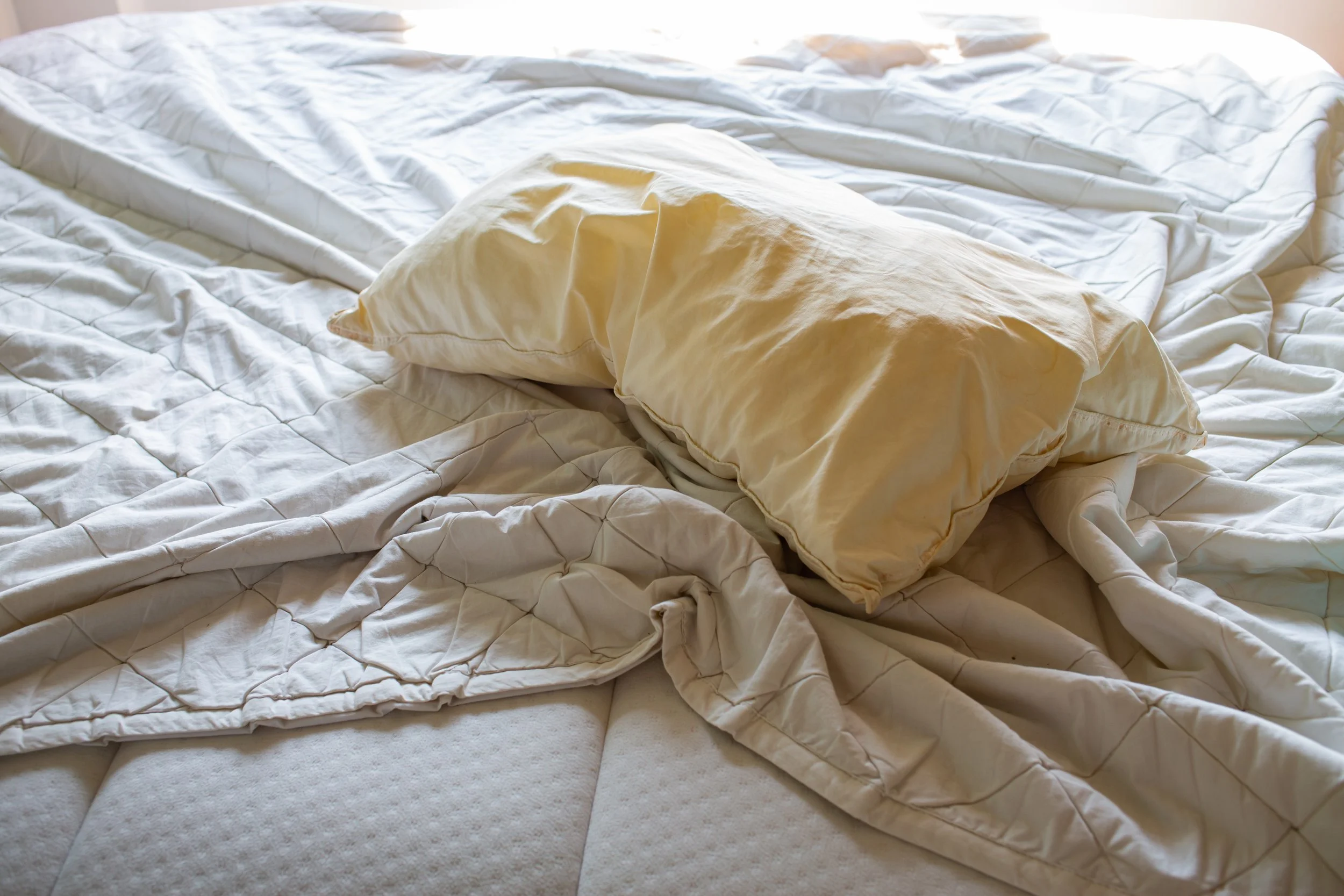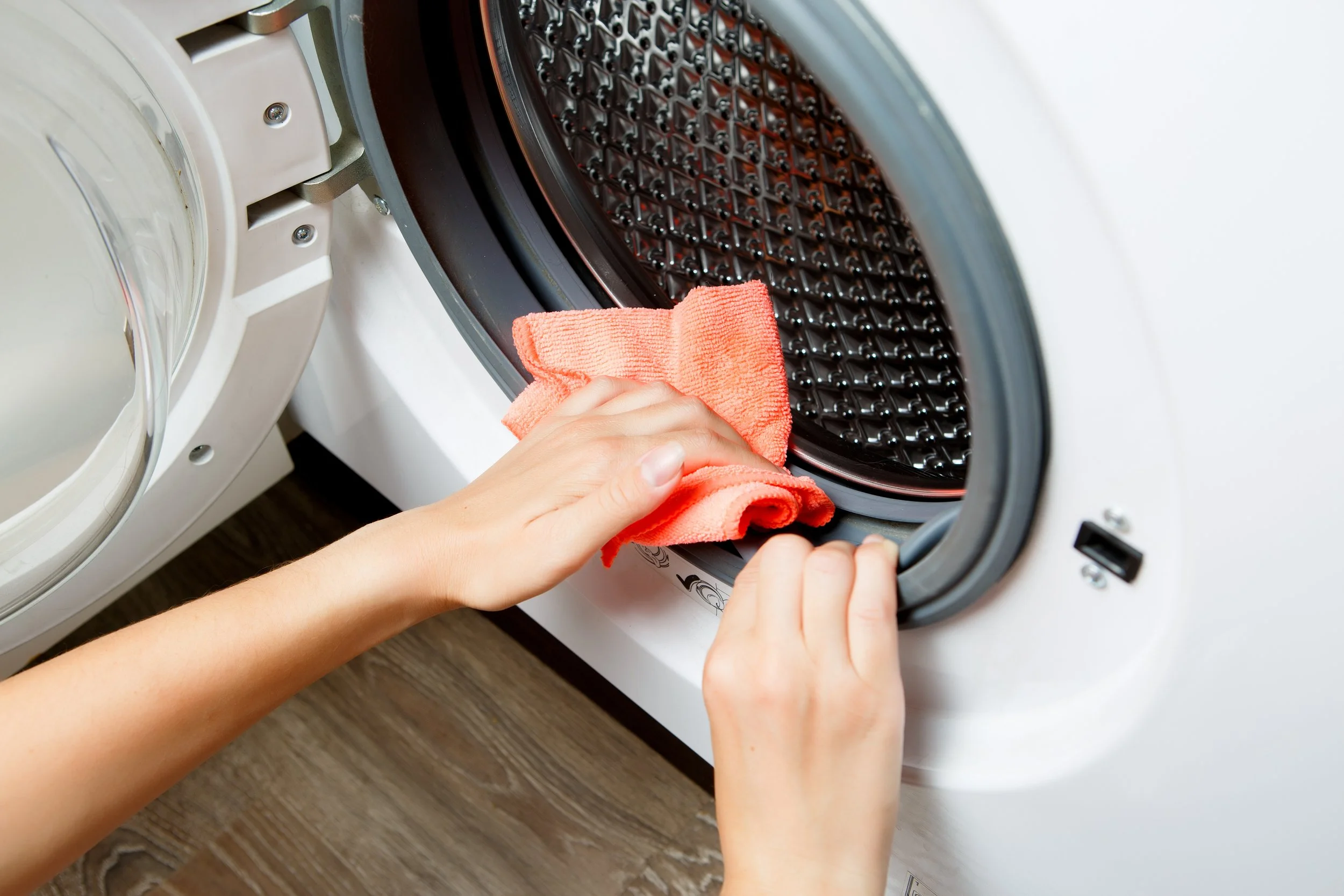It’s something that’s happened to all of us. You’re preparing for a special occasion, you’ve put on your sharpest threads, your favorite dress, or your brightest, whitest shirt. But, with the first sip of wine or mouthful of food, disaster strikes, and you’re left with an appalling stain. And, it is one that you just know is going to resist the best your laundry machine can throw at it.
There are plenty of common stains from everyday food, drink, and activities that are a real pain to get rid of. Things like coffee, wine, ink, and oil, not to mention more drastic marks from things like blood, rarely disappear with just one wash.
Luckily, however, there are a few tips and tricks you can use when dealing with unsightly marks on your clothes—even the most stubborn of stains. In this blog, we will share the best stain removal suggestions to ensure that your best clothes always look pristine, whatever life throws at them!
Prevent Setting
The first step for every type of stain and fabric is to stop the color from ‘setting.’ This means preventing the thing causing the stain from forming a bond with the fabric of the clothes. If a stain bonds with the material, it will become incredibly hard to remove without getting rid of the stained fibers themselves!
To stop the stain from setting, there are a few simple things you should do as soon as you possibly can. Most importantly, rinse the blemish with water. Don’t put the stained garment near any source of heat, and use lukewarm or cold water to soak it. Dab the stain carefully and avoid putting pressure on it - you want to soak the stained area completely without pressing the stain itself into the material.
Common Fabrics
Various fabrics respond differently to stains, and your choice of solvent and stain treatment will depend on both what caused the mark and the material of the item of clothes. It is essential to understand what each fabric can and can’t take, as using the wrong solvent can end up causing more damage to your clothes than the initial stain!
Cotton
For cotton garments, the best approach is to use warm water. Cotton will respond well to soaking, drying, and wet heat. It’s never a good idea to use bleach on cotton, as it will damage the natural fibers. So, for tougher stains, you should stick to solvents such as detergent, or natural acids like citrus juices or vinegar.
Wool
Wool is a more fragile fabric than cotton and reacts badly to heat, so stick to room temperature water. When drying wool, you need to lay it flat, rather than hang it, to prevent stretching. You should only use wool-safe detergents as a solvent, and the best approach is to take your woolen clothes to the dry cleaners.
Synthetics
Synthetic clothes can take a good scrubbing but will be destroyed by bleaches. Standard detergent, or soap for oily stains, will usually do the trick.
Silk
Silk can be tricky and usually needs to be washed thoroughly to avoid staining or spotting in just one area. Glycerin stain remover is an excellent option for stained silk.
Common Stains
Tannin stains
Tannins are found in beer, wine, coffee, cola beverages, and natural fruit juices. The easiest tannins to remove are those from fruit. You should soak the item for half an hour in cold water with an enzymatic detergent dabbed directly onto the stain, then wash it normally in a hot wash.
Coffee, beer, and cola need a little more work, and it is a good idea to gently scrub enzymatic detergent into the stain with a soft brush before soaking and washing.
Wine stains can be a little trickier. You’ll want to start the cleaning process as soon as possible by putting salt directly onto the stained area. This will help soak up a good amount of liquid before it can stick to the material. Once you’ve applied the salt, move on to the soak and wash process. You may need to soak the garment overnight.
Oil stains
Grease, fat, and oil may seem disastrous, but good old-fashioned dish soap or washing-up liquid works wonders, breaking down the greasy stains and making them easy to remove. Rub the stain with soap as soon as possible, then rinse and repeat until the oil has loosened up and begun to wash away. Then, cover the blemish with enzymatic detergent, leave it to soak in for fifteen minutes, and clean the garment in the machine on a hot cycle (as recommended on the laundry label).
Proteins
Proteins from bodily fluids like blood or vomit, or animal products such as milk and eggs can be hard to deal with. You will need to use an enzymatic detergent that can break down proteins, and non-chlorine bleach if the fabric is resistant. Pouring a small amount of hydrogen peroxide directly onto blood stains will immediately go to work. Then, bodily fluid stains should be washed on the highest heat setting your garment’s laundry tag recommends.
On the other hand, dairy products need to be treated more carefully, as heat will essentially cook them into your clothes! The best approach is to remove any residue, steep in an enzymatic presoak, and then rinse. Repeat until the stain is no longer visible, then wash normally.
Dye stains
There are three main types of dye stains: ink from pens, grass stains, and the dreaded red sock in a load of whites!
First up, ink stains. There is an incredibly nifty hack for dealing with these awkward marks. Put a piece of kitchen towel or scrap paper beneath the stained garment, then soak the stain with hairspray! Leave it for ten seconds or so, dab it with a fresh cloth to remove the extra solvent and some of the stain. Repeat until the stain disappears, then wash normally with an enzymatic detergent.
Grass stains, as any parent will know, are tough. Scrubbing with a pretreatment of enzymatic detergent and stain remover can be effective, but for the most stubborn stains, you might need to soak the blemish in vinegar as well before washing as usual.
Dye stains from non-colorfast clothes are a real pain. The best way to deal with them is to soak the clothes in cold water and oxygen-based bleach for eight to twelve hours, then rinse. This process will need to be repeated several times until the stain is removed, and then the garments can be washed normally.
Removing stains without damaging your clothes can be a challenge. If you have any doubts, the team at WaveMAX Laundry are experts in all things stain removal, and we can help you deal with the toughest of blemishes. Get in touch with us today to find out more about our professional services - we’re always happy to lend a helping hand when it comes catching up on laundry and keeping your clothes clean!

